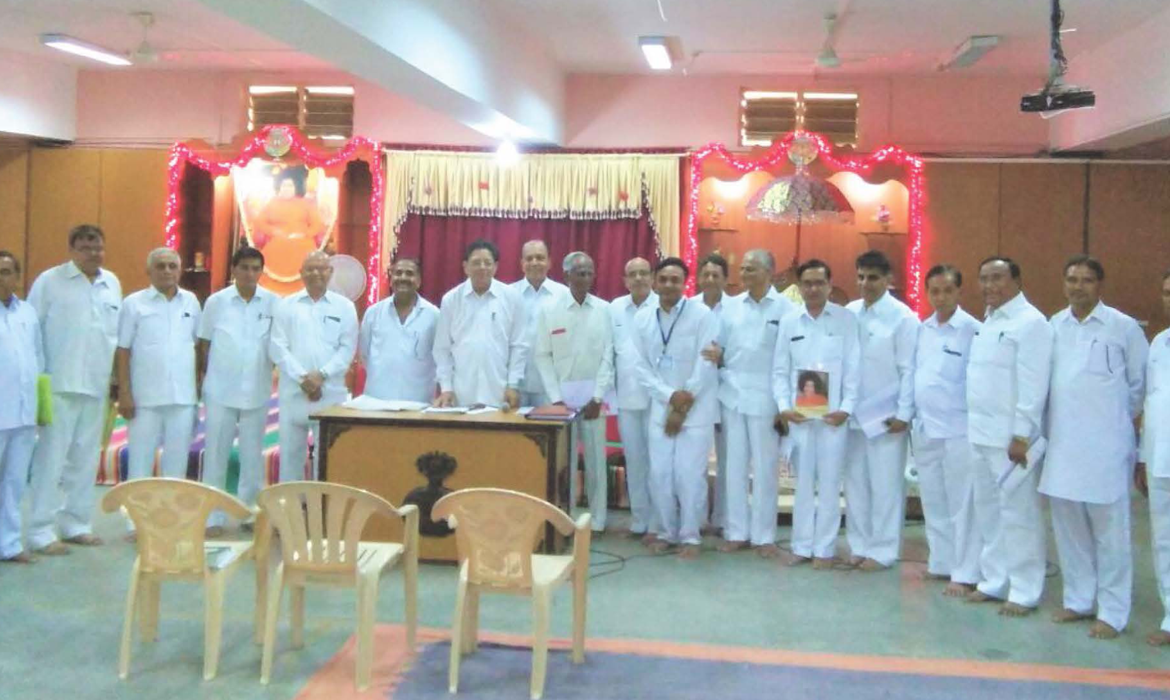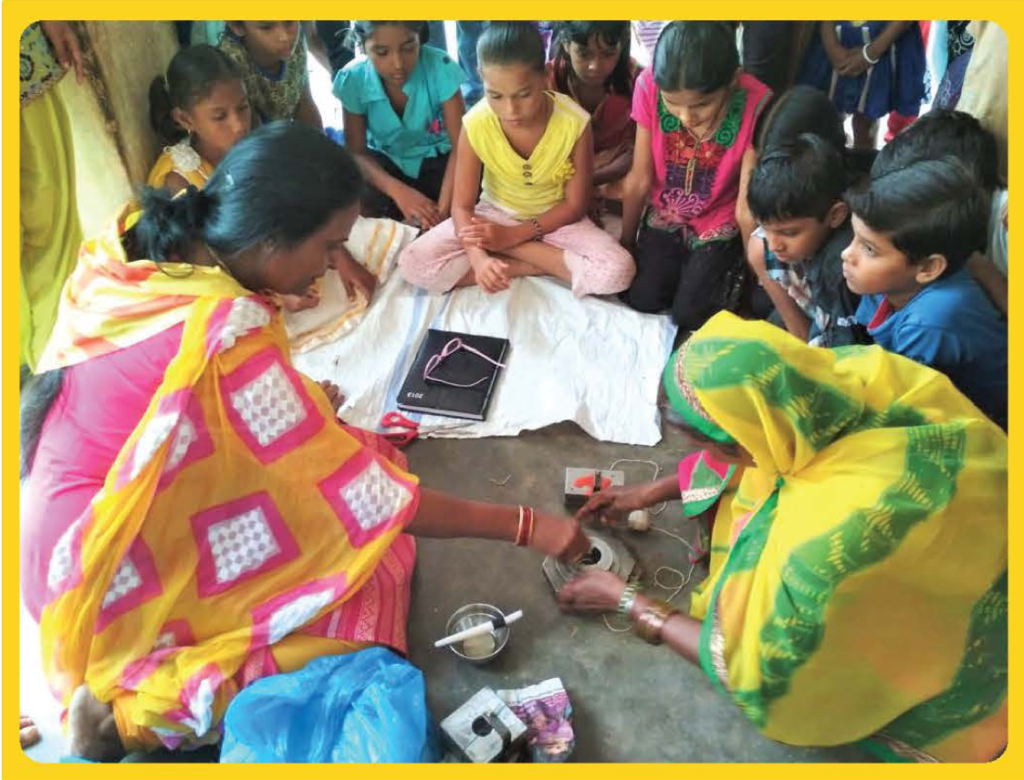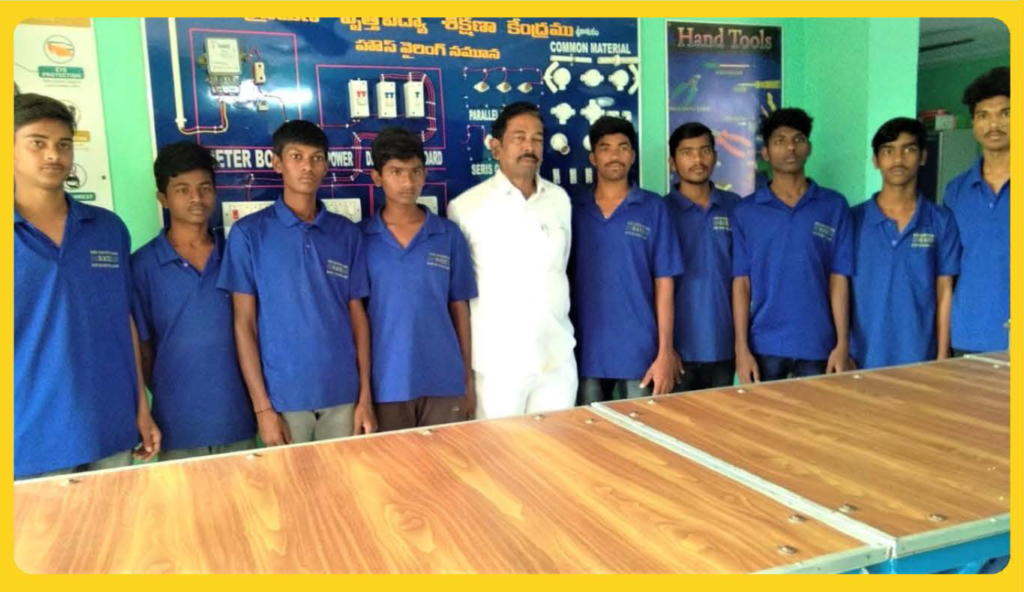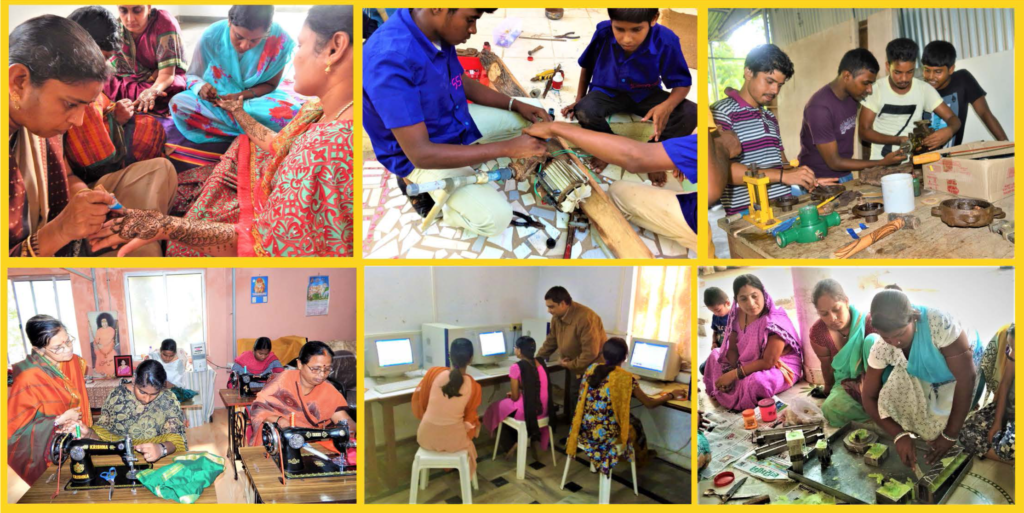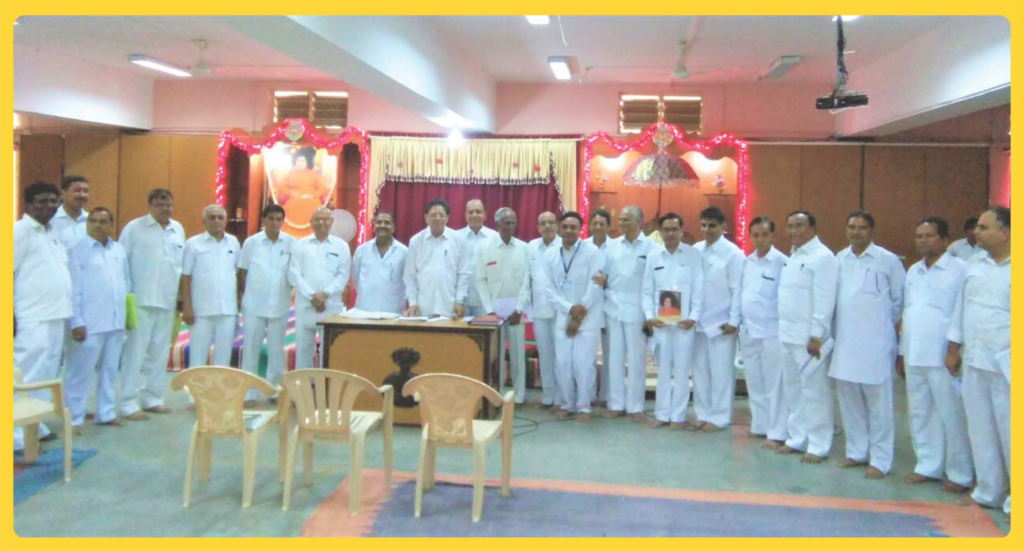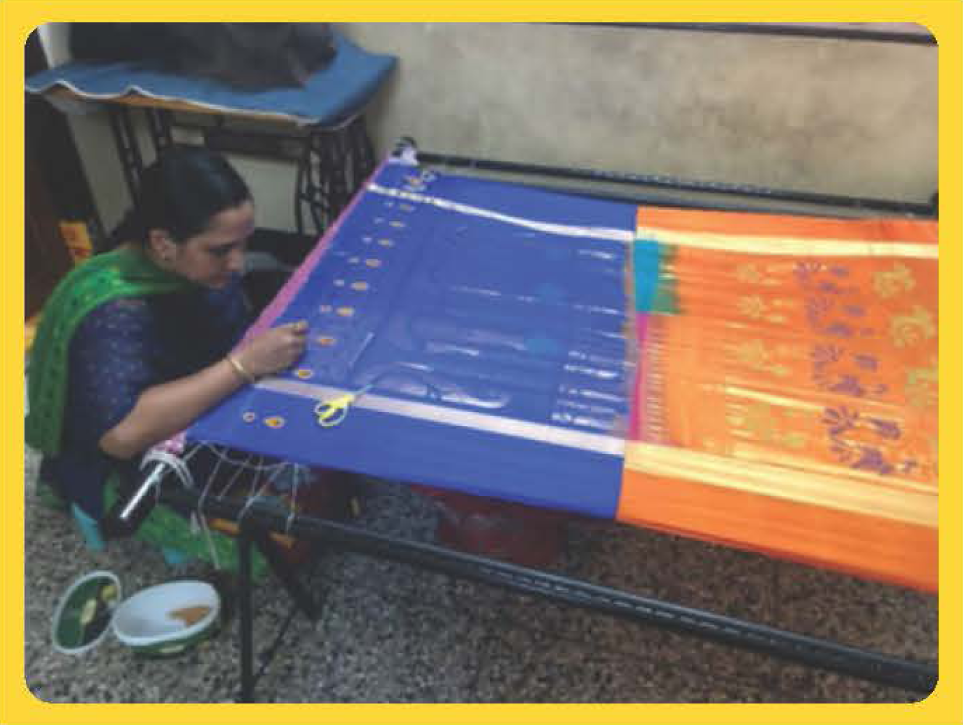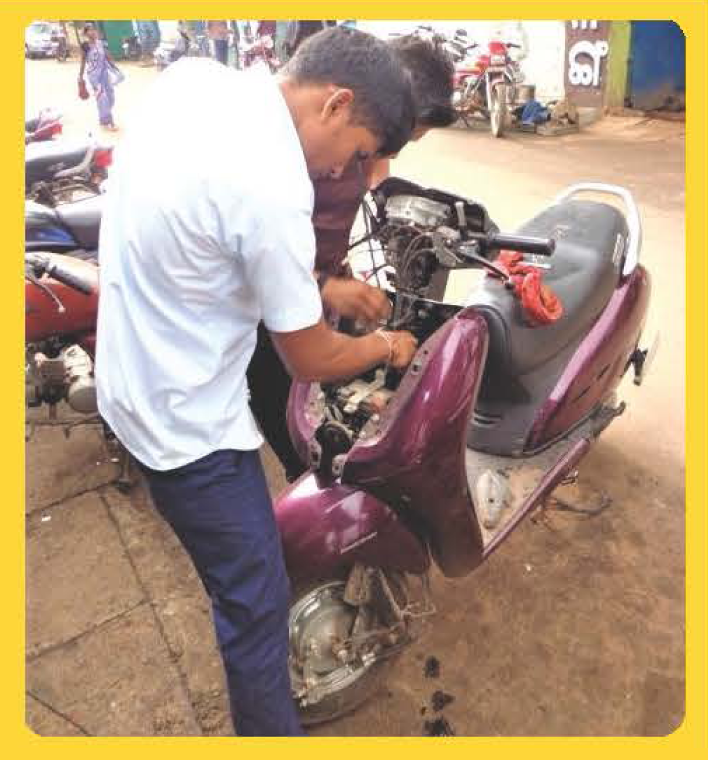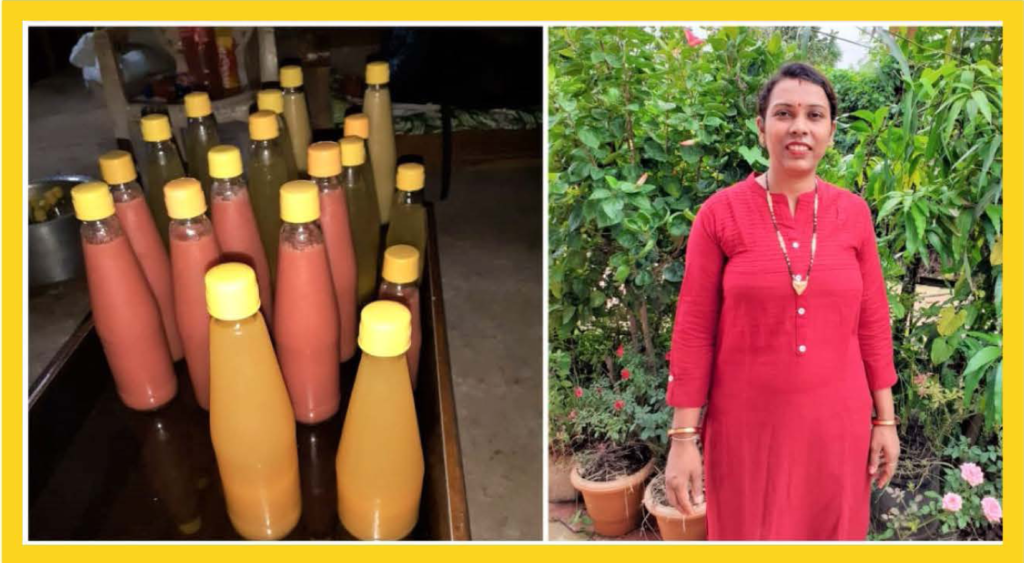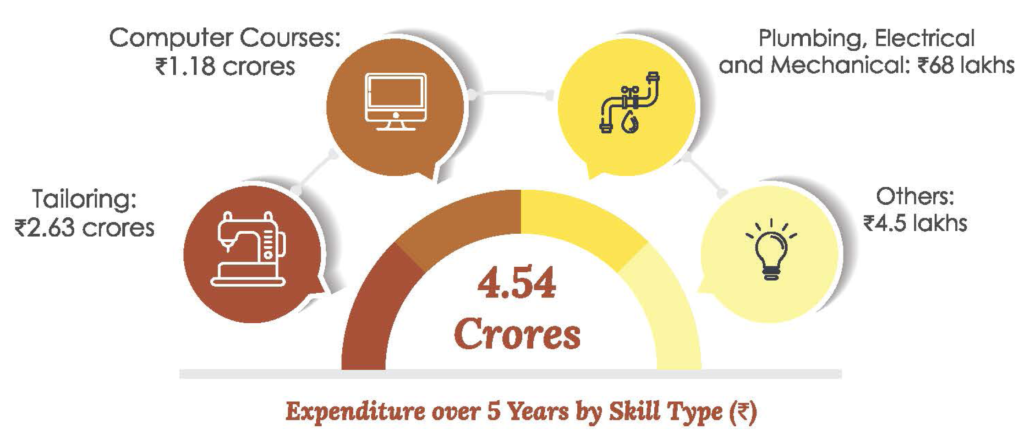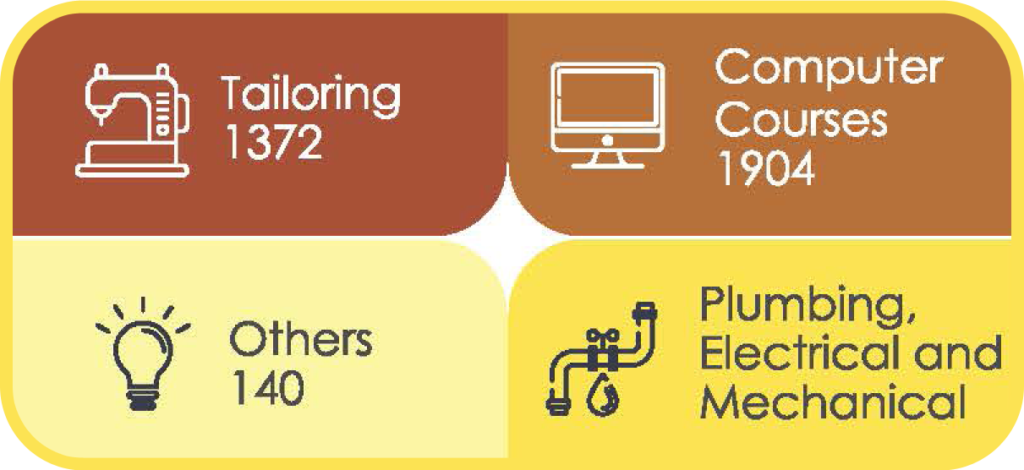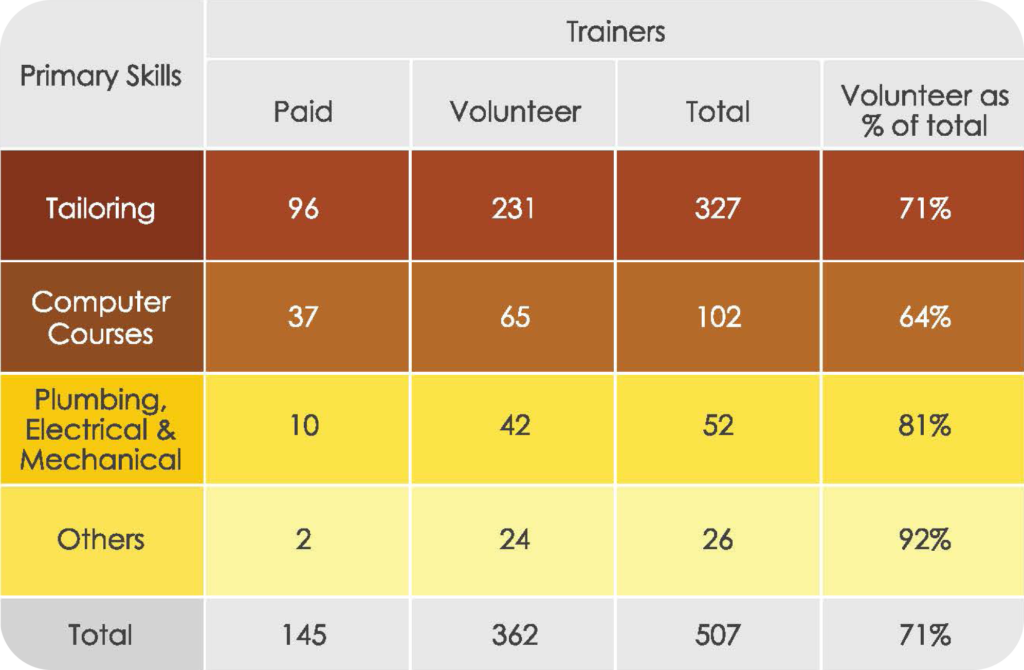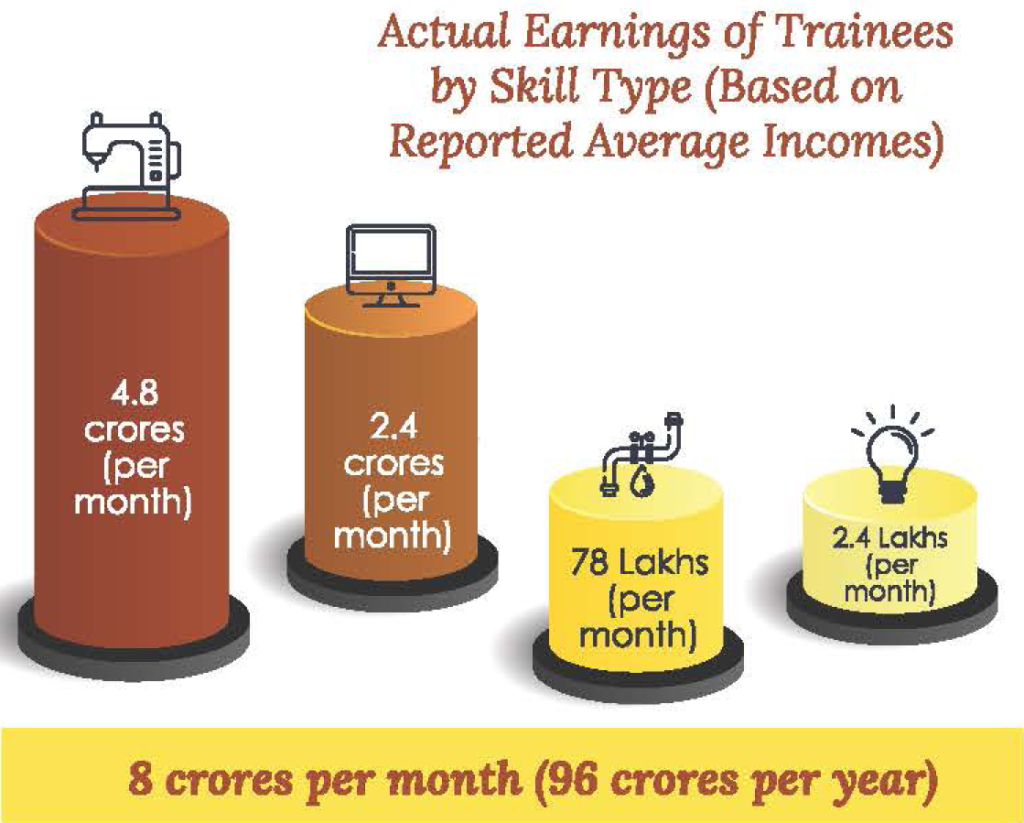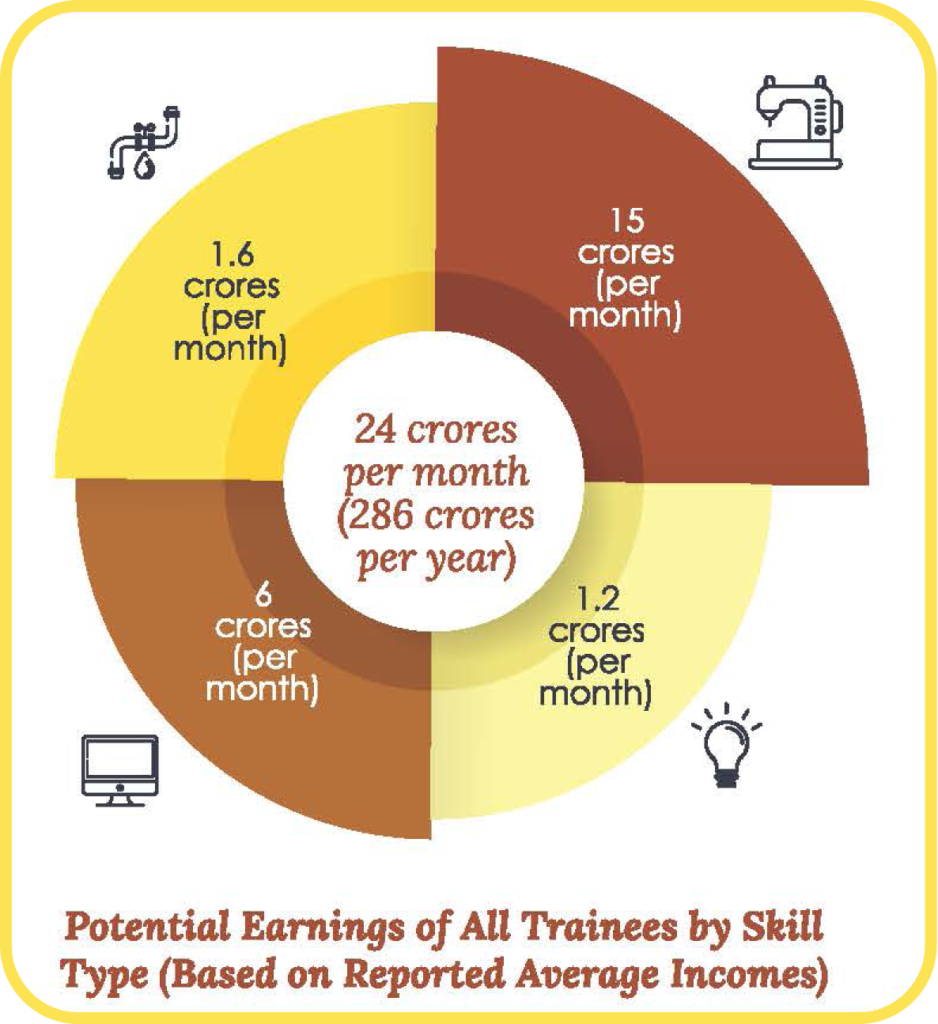May 26, 2025
Post Template 02
Lorem ipsum dolor sit amet, consectetur adipiscing elit. Pellentesque blandit orci ex, nec iaculis dui placerat ac. Morbi a odio luctus, dignissim mi et, faucibus sapien. Vivamus justo ante, rhoncus sit amet tortor in, blandit pretium risus. In blandit consectetur tortor, ut maximus risus bibendum et. Etiam euismod, mi quis sagittis dictum, quam urna auctor sem, in iaculis enim erat in augue. Fusce volutpat iaculis neque, eget aliquet elit consectetur at. Aenean imperdiet, erat a porttitor fermentum, mi lorem dictum augue, sed tempor ligula metus ac nunc. Phasellus porttitor efficitur tortor ac venenatis. Maecenas sit amet turpis a neque ultrices vestibulum vel at tortor. Integer non interdum massa. Ut placerat eget velit ac vehicula. Suspendisse sollicitudin euismod lectus. Donec feugiat pellentesque sapien, a efficitur mi pulvinar ut. Vivamus a gravida turpis. Quisque imperdiet luctus nunc at tempor.

Integer bibendum, nulla hendrerit pharetra auctor, turpis ex scelerisque odio, eu condimentum mauris lorem vitae purus. Vivamus eu justo velit. Fusce accumsan ligula ac sagittis cursus. Aenean porta at ipsum et tincidunt. Fusce aliquet quam sit amet nunc fringilla aliquet. Mauris egestas faucibus nibh nec placerat. Quisque egestas arcu at est tempus dignissim. Pellentesque malesuada tellus nunc, id posuere leo dictum tempus. Fusce luctus nulla vitae ornare vulputate.
Maecenas porta ornare tortor, ut finibus dolor euismod vel. Nulla sed sem ut sem feugiat ultrices a sed dui. Etiam vehicula elit mauris, at condimentum erat ornare et. Vestibulum accumsan risus sit amet ipsum euismod sagittis. Vestibulum ante ipsum primis in faucibus orci luctus et ultrices posuere cubilia curae; Duis hendrerit, sem nec suscipit semper, arcu ante pharetra justo, et ullamcorper massa mauris eget neque. Donec lorem dolor, condimentum eu semper viverra, elementum vehicula nisl. Etiam tellus purus, porttitor quis ex et, venenatis varius eros. Proin porta luctus tincidunt.
Neque porro quisquam est qui dolorem ipsum quia dolor sit amet, consectetur, adipisci velit…
Etiam elementum, ante eget bibendum rutrum, mauris urna interdum purus, eget varius mi lorem faucibus velit. Suspendisse potenti. Maecenas venenatis, diam sed vestibulum dignissim, nibh odio posuere enim, pulvinar gravida velit justo pretium quam.












































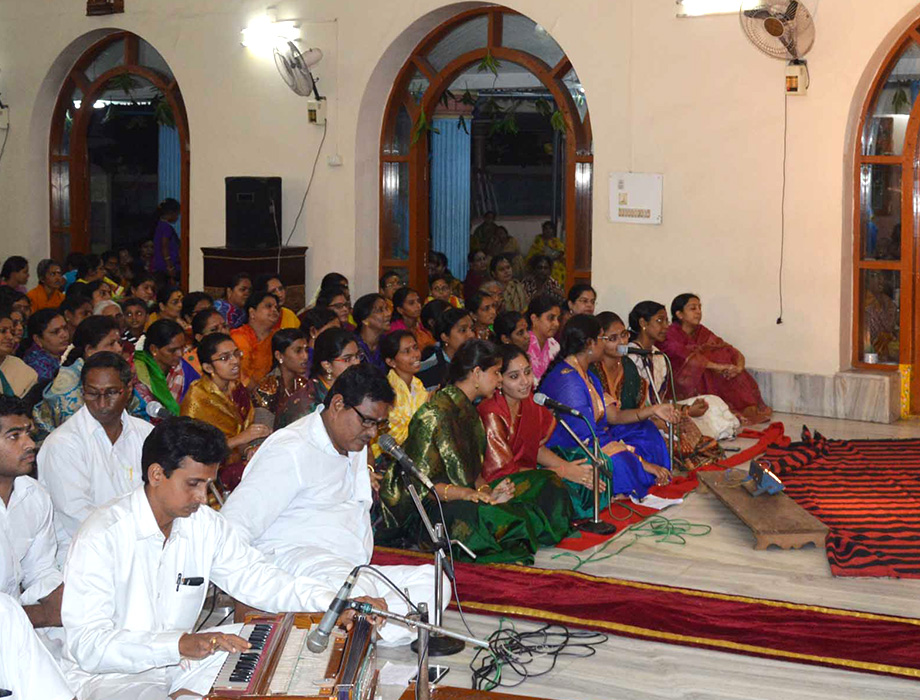
 Place:
Place: Occasion:
Occasion: Discourse Collection:
Discourse Collection:






